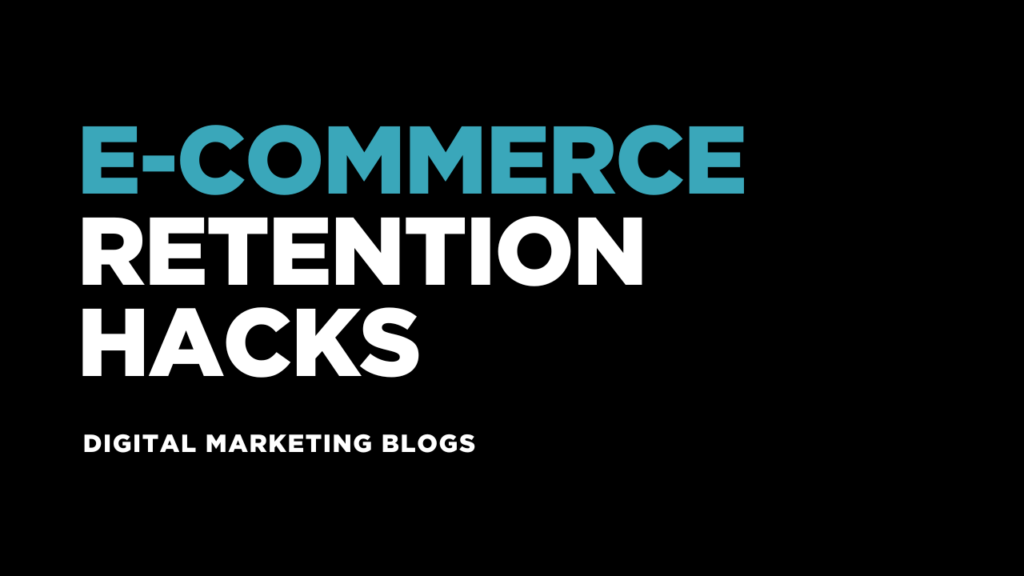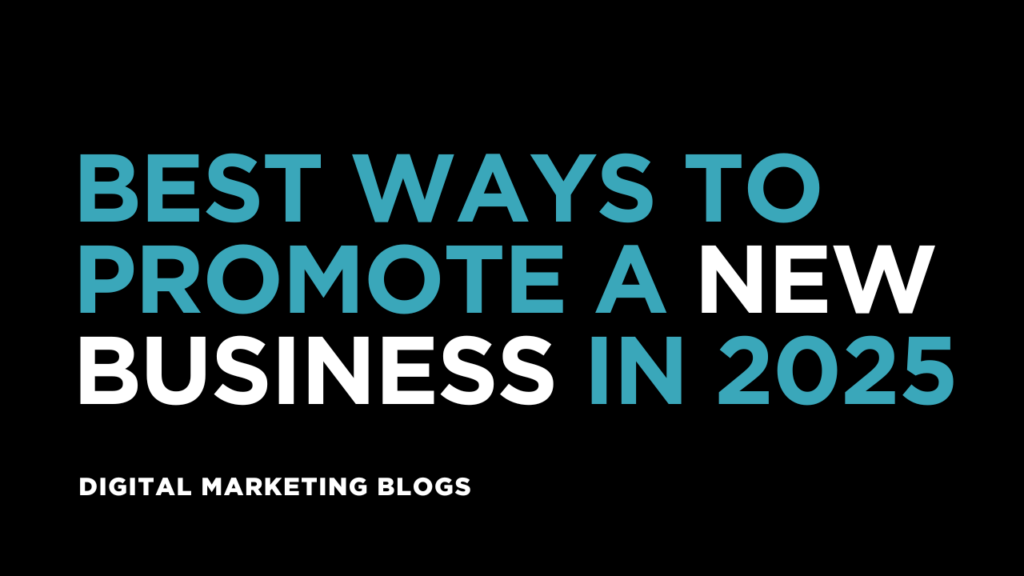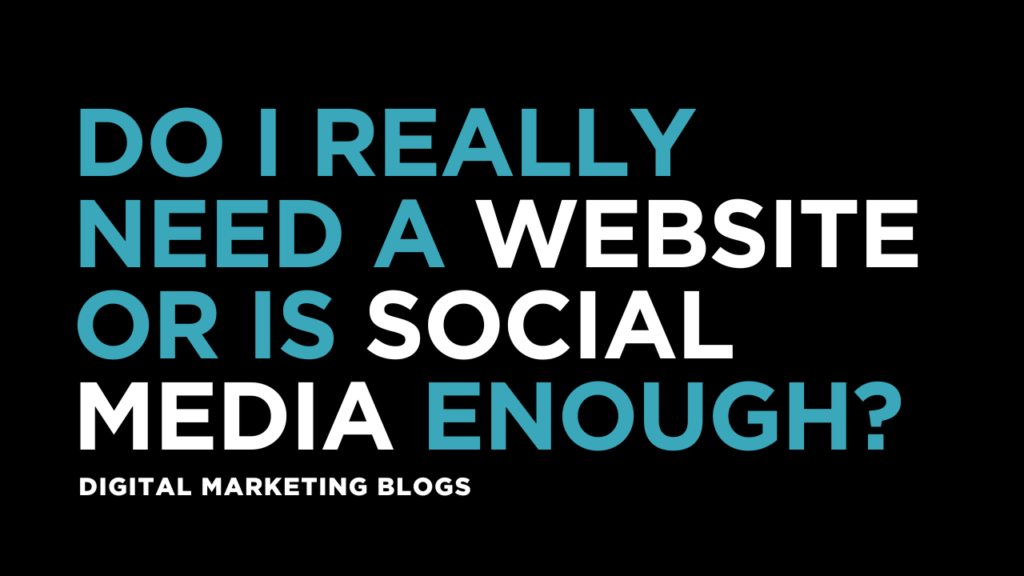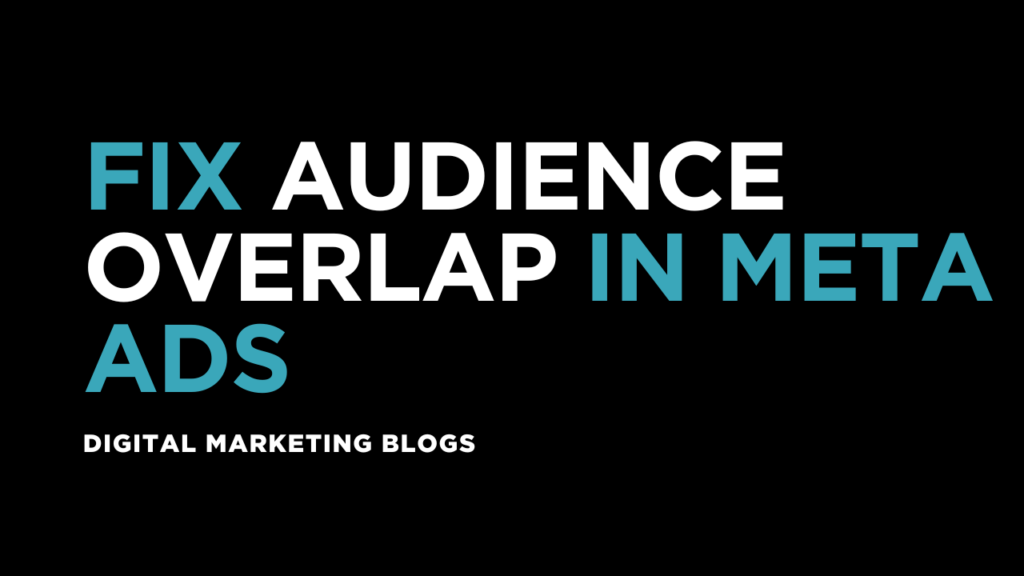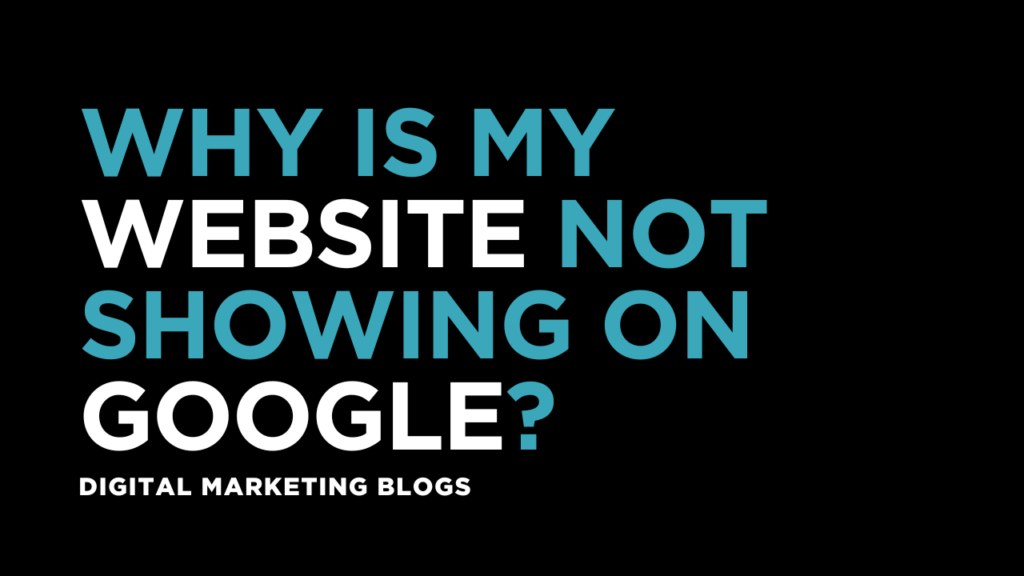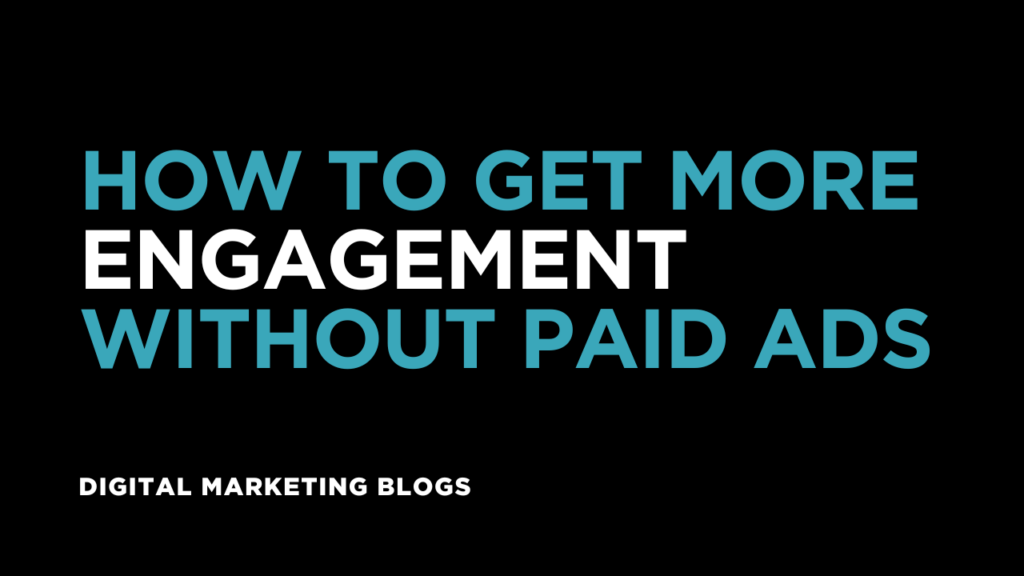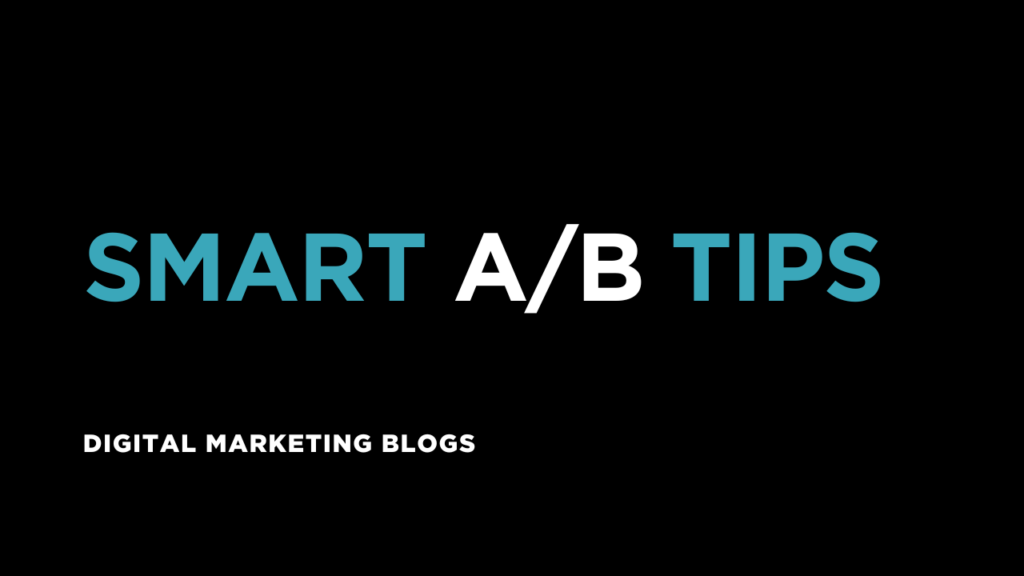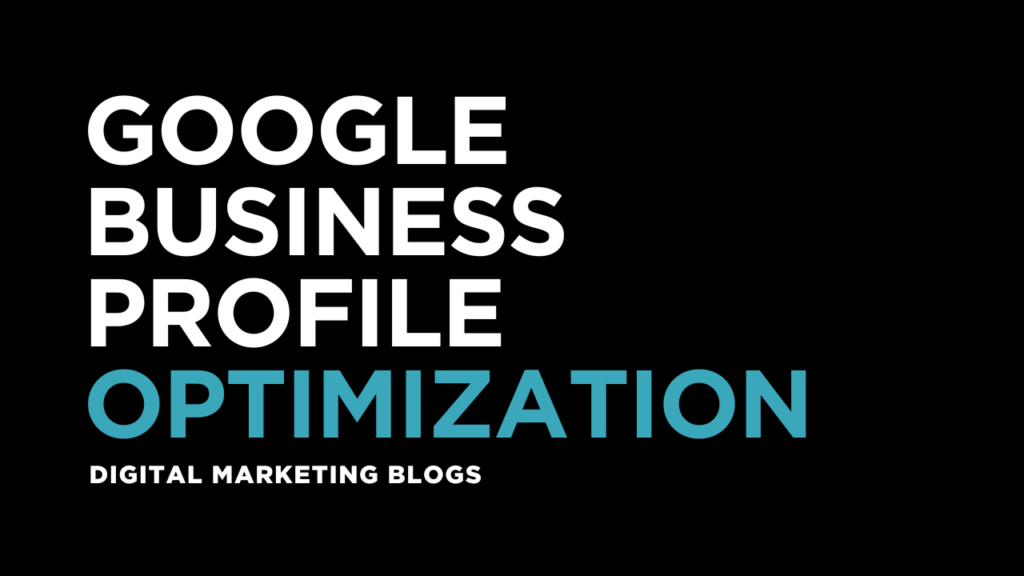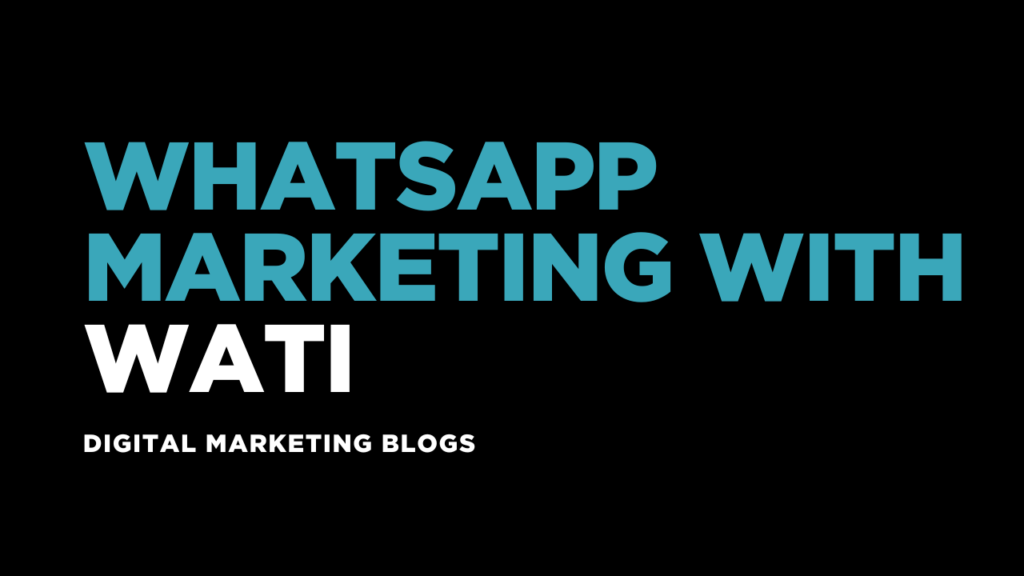Repeat Customers in E-Commerce: Retention Hacks That Work in 2025
Acquiring a new customer can cost up to five times more than retaining an existing one. Yet, many e-commerce brands focus heavily on acquisition while neglecting the real engine of profitability — repeat customers. In 2025, customer retention is not just about loyalty points and discount codes. It’s about creating meaningful connections, personalized experiences, and seamless post-purchase journeys. Whether you’re just starting out or scaling your store, this guide shares proven retention hacks to keep your customers coming back. Why Repeat Customers Matter More Than Ever Higher Lifetime Value: Repeat buyers spend more per order and purchase more often. Stronger Word-of-Mouth: Loyal customers are more likely to recommend your brand. Lower Marketing Costs: Retargeting and upselling to current customers is more cost-effective than acquiring new ones. Predictable Revenue: Returning customers make sales more stable and easier to forecast. Retention isn’t just a bonus — it’s a business strategy. 1. Personalize the Post-Purchase Experience The moment a customer completes a purchase is the perfect time to start building the next one. Tactics to Use Send personalized thank-you emails Recommend related products based on purchase history Offer early access to future drops or sales Use the customer’s name and order details in follow-ups Automation tools make personalization easy without being overwhelming. 2. Offer a Seamless Returns and Support System One of the fastest ways to lose a customer is a poor after-sales experience. In contrast, a hassle-free return or helpful support interaction often leads to stronger loyalty. What Works Clear return policies visible on product pages Instant chat or support options post-purchase “No questions asked” return periods Easy tracking of orders and refunds A trusted support experience makes customers more comfortable buying again. 3. Launch a Tiered Loyalty Program Not all loyalty programs are equal. Tiered systems encourage customers to spend more to reach new levels and unlock better perks. How to Structure It Level 1: Entry-level rewards (e.g., 5% cashback or points) Level 2: Mid-tier with free shipping or early access Level 3: VIP perks like exclusive products or personal service Make it feel like a game — and show progress visually. 4. Use Smart Replenishment Reminders For consumables or repeat-use products, timely reminders increase return purchases without being pushy. Examples “It’s time to restock” emails based on usage cycles SMS reminders with one-click reorder options App notifications for subscription renewals Timing is everything. Don’t wait too long — but don’t spam either. 5. Create Product Bundles for Returning Customers Bundling products that go well together creates more value and gives customers a reason to buy again. How to Do It Offer a “frequently bought together” bundle Create starter kits followed by refill kits Use data to suggest pairings based on past purchases Bundles not only boost order value but also improve customer satisfaction. 6. Focus on Speed and Delivery Experience In 2025, consumers expect fast and accurate deliveries. A bad delivery experience can override a great product. Retention Tactics Provide real-time tracking updates Offer multiple delivery speed options Use branded packaging to enhance unboxing Follow up post-delivery for feedback or review A smooth fulfillment process builds trust and leads to repeat sales. 7. Encourage Social Proof and Reviews Customers trust other customers. Getting them to share feedback or user-generated content builds your brand’s credibility. Ways to Encourage It Send post-purchase review requests with incentives Feature top reviews on product pages Encourage social media posts with branded hashtags Repost customer content on your own channels Social proof helps reassure first-time buyers and encourages repeat purchases. 8. Reward Milestones and Birthdays Recognizing customer milestones adds a personal touch that builds emotional loyalty. Ideas Birthday discounts or gifts “You’ve been with us for 6 months” emails “You’ve placed 5 orders!” surprise perks Anniversary bundles for long-term customers Small gestures go a long way when personalized. 9. Use Retargeting and Email Nurture Sequences Once a customer buys, don’t stop the conversation. Keep them engaged with relevant updates and offers. Best Practices Segment emails by product type and behavior Retarget with ads for complementary items Share behind-the-scenes content or brand stories Use reactivation campaigns for dormant users Email marketing remains one of the highest ROI channels for retention. 10. Collect and Act on Feedback Listening to your customers shows you care and helps you improve the overall experience. How to Get Feedback Use post-purchase surveys Monitor support tickets for common complaints Check reviews and social mentions Actively respond to feedback and implement suggestions Closing the loop builds brand loyalty and trust. Localizing Retention for Indian Consumers Retention strategies should be adapted based on local behavior, culture, and logistics. For Example: A digital marketer in Calicut might localize content in Malayalam, offer COD-friendly returns, and use WhatsApp for post-sale follow-ups to improve engagement and retention in the Kerala market. Personalized offers, regional festivals, and vernacular content make your brand feel more relevant and familiar. Final Thoughts E-commerce success in 2025 isn’t just about flashy ads or viral campaigns. It’s about building meaningful, ongoing relationships with your customers. By implementing these retention hacks, you turn one-time buyers into loyal advocates who drive sustainable growth. Repeat customers are your brand’s biggest asset. Treat them like VIPs, and they’ll reward you with repeat business, referrals, and long-term trust.
Repeat Customers in E-Commerce: Retention Hacks That Work in 2025 Read More »

